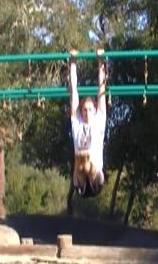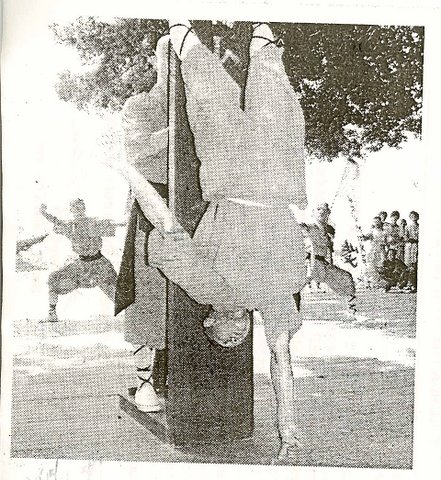“After successfully utilizing the free ‘Beginners Guide to Holding a Handstand.’ I have decided to take it to the next level.”
This comes from Richard in Virginia, as he bought the Hand Balancing Mastery Course.
Smart move.
I made the Guide to get you started in hand balancing because of the lack of information on doing handstands on the internet. I think it does just that, get you started.
But where you go from there is up to you. It is also your choice whether you want to pave your own path or learn from the masters. I suggest the latter.
Which bring me the the main point. This is something I should have done a while ago but haven’t for some reason.
I need your feedback on The Complete Beginner’s Guide to Doing a Handstand.
What did you think about it? Did it help? What were the most helpful tips? Did you follow the system? What were your results?
And most importantly – What do you think could be improved or added?
Justsend an email to [email protected] and give me your thoughts.
My aim with the guide was to give you a complete method of achieving the handstand. But you may have found something I missed.
There’s a video project in the works thats gonna delve into more depth, more tricks and tips to get you started.
Now’s your chance to help me make it even better.
Good Luck and Good Hand Balancing,
Logan Christopher
P.S. Just send an email to [email protected] and let me know what you think. And I thank you ahead of time for taking the time to do this.









